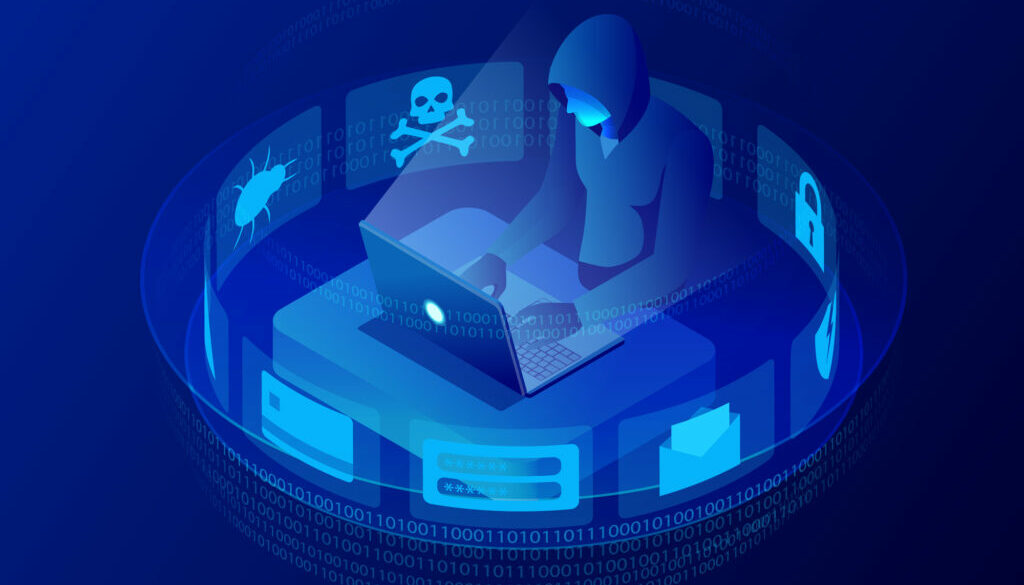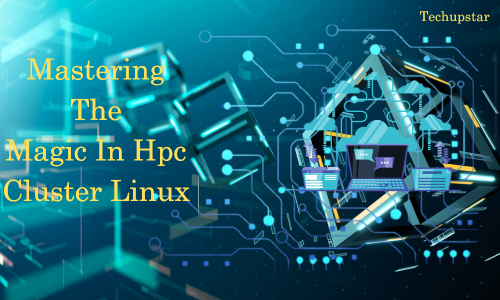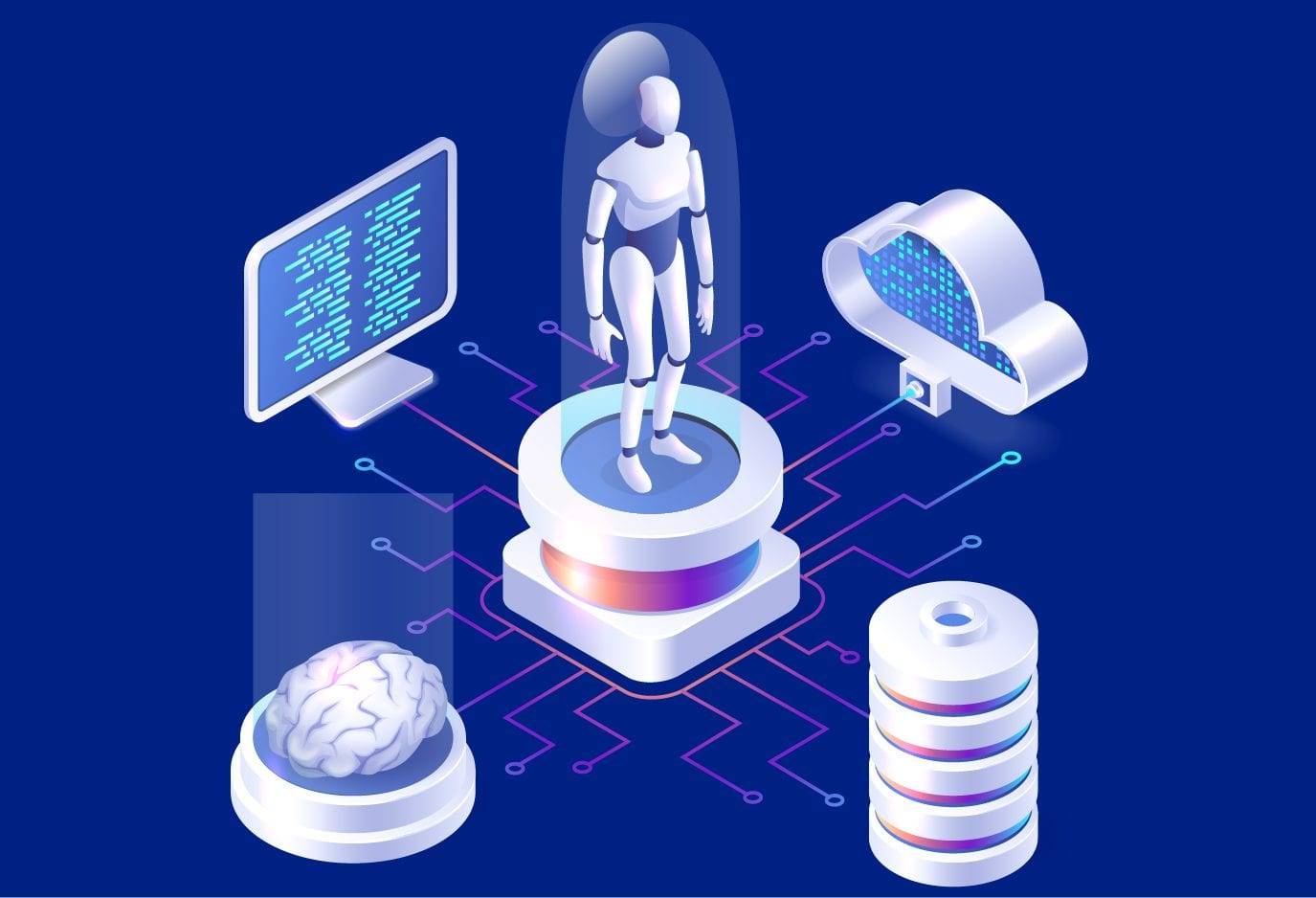The Metaverse and the Internet are two buzzwords constantly heard in the global marketplace. The Metaverse is Web 3.0 for some techies and vice versa for others!
This version of web3 is very different from what we had before. The rise of the Internet is taking the world by surprise and transforming the technology of new industries and societies. Together, Web3 and Metaverse address how the technology industry can innovate.
They cannot eliminate the concept of the gray area of risk due to a lack of awareness, and the concept of Blockchain (the overlapping phase between meta and Internet 3.0) is in a nascent stage. The computer or Internet revolution is not new. Even indirect users thought fax was similar to email. People still have trouble differentiating between computer applications and computers.
So once again, the new world of technology is welcome. But the prospect of a crystal clear idea of a major new build around the system is like catching lightning in a bottle!
If you are a netizen or user aware of the future of the Internet, you are familiar with the two names Metaverse and Web3 These two words are the buzzers of the most important social media attachments such as Facebook, Youtube, Twitter, and Instagram.
Moreover, as the Internet and the technological metaverse struggle to become familiar, discussions about Web3 are also important. Moreover, both concepts will have a significant and lasting impact on the future of connectivity. So it is necessary to ponder the differences and application to the end of the universe. It turns out that while Meta and Web3 are somewhat related, they describe each system differently.
While these two topics may seem similar at first glance, let’s simplify how smoothly they differ!
Deep Understanding of Web 3.0
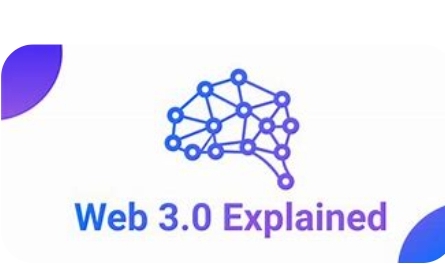
Necessity is the mother of invention, you know. So the concept of Web3 or Web 3.0 seems to solve several problems:
- How do you feel when your computer violates the meaning of data?
- What if it identifies people, companies, products and data?
- They haven’t figured out ‘what’s the difference?’
What is Web3?
The revolution 3.0 web will use decentralized protocols such as Blockchain, a technology used to facilitate cryptocurrency transactions. By addressing the fundamental issues of broadcast ownership and control, it hopes to address some of the major drawbacks and shortcomings of the current Internet age.
Let’s look at things from a different angle.
Today, a large portion of the world’s population relies heavily on internet-related services provided by large technology companies. Unlike Google, Apple and Amazon, these companies decide what services users can use and act as intermediaries between users and their needs.
However, Web3 operates on a decentralized network and does not require permission. In other words, Internet providers do not have the power to impose their will on those who use their services. Moreover, they do not act as intermediaries between users and their needs.
Web 3 Core components
Network Blockchain
Blocking technology is one of the key features of web3. Decentralization is at the heart of Web3, which is based on Blockchain technology. With Blockchain technology, data is decentralized, open and distributed. So users have their data and are free to do business without worrying about losing ownership, losing privacy or relying on intermediaries. This also allows you to post safely on the internet without being tracked by anyone.
Moreover, the use of Blockchain-based tokens and cryptocurrencies in Web3 is an important aspect of the potential of the Internet era. Among other things, users can earn rewards for their contributions to the development of the platform through transparent monetization and by contributing to online updates.
Artificial Intelligence
Thus, with the development of artificial intelligence, it is now possible to make useful predictions and sometimes even life-saving actions. While Web 2.0 is part of artificial intelligence, it is still largely human-driven, while large tech companies monitors most web traffic.
Thus, corrupt behavior such as partisan analysis, ratings provided by some web services, and human error must inevitably exist. Customers can leave feedback on most internet review services. Sadly, companies sometimes hire large teams of people to write the best product or service reviews.
Conversely, people can be paid to give negative reviews and write negative reviews about apps or services. The goal of Web 3.0 is to restore such a mechanism. Artificial intelligence is a key element on the Internet, helping to distinguish between legitimate and fraudulent activities, thus providing users with more accurate information.
AR and VR
In the Metaverse, users work, study, play, entertain and interact. They are based on various technologies, especially Virtual Reality (VR) and Augmented Reality (AR).
The company’s Blockchain Project uses convertible tokens (profitable and tradable) that are used to purchase the world’s digital assets such as virtual lands or avatar clothing. The Metaverse is still in its infancy and not finished. Internet users and technologists see great potential in this technology even at that stage.
Read more: Breaking Boundaries with Multi Cloud Integration
Here is a list of what many like about the Metaverse;
- Metaverse technology is a key feature of the Internet and will be built on the Blockchain system and open standards and operate across a global network of computers rather than a single entity.
- The following three technologies are used to build some Web3 applications: augmented reality, virtual reality and holographic projection.
- Non-fungible tokens (NFTs) are used to facilitate virtual transactions.
- Traditional gatekeepers cannot prevent access to the Metaverse.
Want to know Web3 in detail? Sign up now for a web3 course and gain in-depth knowledge of NFT, metaverse, and mixed reality.
What Are The Features Of Web3?

Self-regulating, structured, robust and with integrated solutions, Web3 is the driving force behind it. It has the following features:
Decentralized
Web3 data is stored in Block, so that no system has access to everything. It is distributed through many platforms. This is a cheaper decentralized approach and the possibility of error is more.
There is no permission
Internet users can access Web3 without special permission. Users do not need personal information to access certain services. No need to compromise your privacy or share any other information.
Safe
Unlike the Web 2.0, Internet 3.0 is more secure because decentralization makes it harder for hackers to target specific databases.
What Is Web3 Used For?
Applications running on the Blockchain can be referred to as Web3 in the context of Ethereum. Participation in this application is free and personal information is not monetized.
As part of the next internet generation, blockchain technology and cryptocurrencies have been used to promote decentralization. Web 3.0 is a platform designed for users to access their data. As a result, people will be able to provide Internet services and control systems to each other without relying on large technology companies.
Some examples of Web3 applications are:
Bitcoin: The world’s largest cryptocurrency is a perfect example of decentralized transactions.
The Bitcoin: the perfect example for Web3 (Web 3.0). In the year after the Siri 4s model, AI assistants offer a broader range of capabilities. Siri is a complex and customizable platform that uses speech recognition and AI technology.
Opensea: This is a blockchain-based marketplace for buying and selling NFTs.
Google Cloud: The tech giant has announced the Web3 update to the cloud system.
Understanding The Metaverse
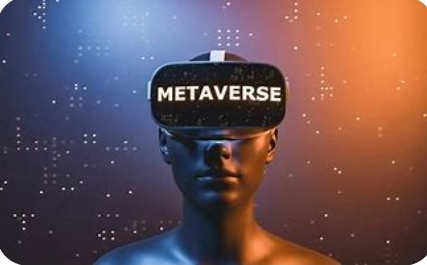
Metaverse is a 3D virtual world network focused on social relationships. In futurism and science fiction, it is often referred to as a hypothetical iteration of the Internet as the only universal virtual world facilitating the use of virtual and augmented reality headsets.
The Metaverse is a combination of “meta” and “universe” that first appeared in the 1992 science fiction novel Cloud Crash.
The development of virtual world platforms such as Second Life has led to the development of several Metaverses for popular use. The merging of virtual and physical space and the virtual economy is one of the many iterations of the metaverse. To increase immersion, virtual reality technology is often combined with metaverse development.
As a frontier for PR purposes, the development of different technologies and initiatives has increased. As a challenge to the social media and gaming industries as a whole, privacy, addiction, and security are concerns within the Metaverse.
Metaverse use cases and applications
Virtual reality:
- 2019 marks the debut of Facebook’s Horizons, a social VR world.
- Mark Zuckerberg, president of Facebook, announced that the company will be developing Metaverse in 2021.
- Meta Platforms has developed several virtualization technologies that have yet to be developed.
- In 2017, Microsoft launched AltspaceVR, a virtual reality company.
- In addition to virtual avatars and virtual reality meetings with Microsoft Teams, Microsoft has incorporated Metaverse features.
- Metaverse technology will be implemented in commerce, real estate, learning environments, job enhancement and design.
The video games
- Metaverse technologies have long existed in modern internet-enabled video games.
- Second Life includes various aspects of social media in three dimensions, where users are represented by avatars.
- In many massively multiplayer online games, social functions play an important role.
- Minecraft represents an innovative social game in the Metaverse.
Hardware Technology
- Smartphones and generic computers are the entrance to the Metaverse.
- Augmented reality (AR), mixed reality (MR), virtual reality (VR), and virtual worlds on the list.
- The need for VR technology has limited the development and adoption of Metaverse to a great extent.
- Mobility and high-quality graphics are hampered by limited mobile hardware and the need to standardize cost and design.
- With the development of lightweight wireless headphones, the desire for retina display pixel density has grown.
- Currently, hardware development is focused on pushing the limits of VR developers, sensors, and increasing immersion with haptic technology.
Software technology
- The need for a uniform technique is not widely accepted for metaverse applications.
- Currently, most applications use proprietary technology.
- A major concern in metaverse development is interoperability.
- Virtual environments are about measuring multiple projects.
- The Metaverse is a multidimensional network inhabited by living humans.
- According to NVIDIA, their Metaverse development tools will be accepted in USD.
- Virtual and scalable designs and implementations are possible with the OpenXR open standard.
- For HoloLens 2, Meta Platforms for Oculus Quest and SteamVR, Microsoft and Valve took over.
Comparing Web 3.0 And The Metaverse
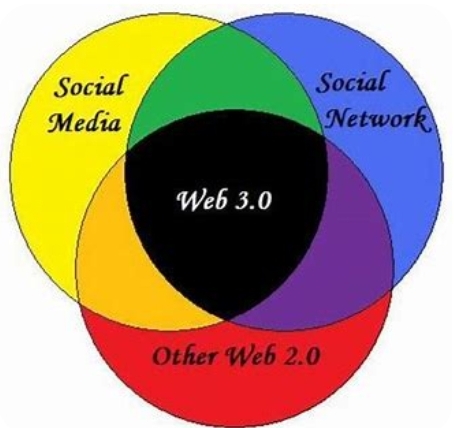
Web3 and Metaverse are two cutting-edge technologies. Web3 is the new generation of the Internet. Meanwhile, the Metaverse is a virtual world that runs on a decentralized network.
- Both Web3 and Metaverse are decentralized systems. Web3 leverages Blockchain technology to create a decentralized web. This means that instead of relying on centralized servers, Web3 is built on a peer-to-peer computer network. In Web3 there is no central authority to manage it. Also, Metaverse is a virtual world that runs on a decentralized blockchain network. This allows for a more engaging and user-driven experience.
- Web3 and Metaverse allow users to own and control digital assets. Web3 supports the use of cryptocurrencies and other digital assets. These resources are stored on decentralized servers and remain under the full control of the users. Also, in Metaverse, users can own virtual real estate and other digital assets. These include non-fungible tokens (NFT). These assets can also be traded and used within the platform.
- Collaboration is another similar feature found in both Web3 and Metaverse. Web3 is designed to integrate with other Blockchain platforms. It enables the exchange of digital assets and the creation and use of decentralized applications (dApps) across multiple networks. Also, Metaverse is designed to be a platform for decentralized applications and virtual experiences that can be used across different platforms and networks.
- Both Web 3.0 and the Metaverse offer immersive experiences to their users. Metaverse takes advantage of virtual reality and augmented reality to make the user experience more interactive and engaging. Meanwhile, Web3 aims to deliver a seamless and user-friendly experience. Use decentralized applications that are more secure, efficient, and transparent than traditional web applications.
- Web3 and Metaverse are community-driven systems. Web3 relies on the active participation of developers, users and other stakeholders to build and maintain a decentralized web. Also, the Metaverse relies on the decision of the community to make decisions about it’s future.
YOU CAN ALSO READ: HOW TO DEVELOP BLOCKCHAIN APPLICATIONS AND EVERYTHING YOU NEED TO KNOW.
Is metaverse And Web3 still relevant
Regarding how things are transforming daily in the digital landscape, one may like to know if Metaverse and Web3 are stil Relevant, well, here is what you need to know.
Metaverse is just like a virtual world for exploring new features in the digital world
As the days go by, so is the metaverse transforming to become more relevant in digital trends.
Web3 is also like a traditional internet with interconnected digital space.
Now, back to the question are both of them still relevant?
The answer is yes, both of them are actively relevant in the digital world because as technology is upgrading both of them are also upgrading to their new chapters.
Bringing in the new version of it steady The Web3 and metaverse in the beginning are not the same as of today, they have upgraded to another dimension.
And they will keep on upgrading to stay in trend and bring new possibilities.
In all, Metaverse and Web3 are still very relevant instead of depreciating they are evolving to become more better and relevant to the digital world
Is Web3 and Metaverse the same?
No, although both of them work hand in hand to achieve a better online Experience they are not the same.
Web3 can be used to make the internet user-friendly and smarter.
Web3 is for internet upgrade testing and upgrading every aspect of the internet.
Metaverse V/s Web 3.0
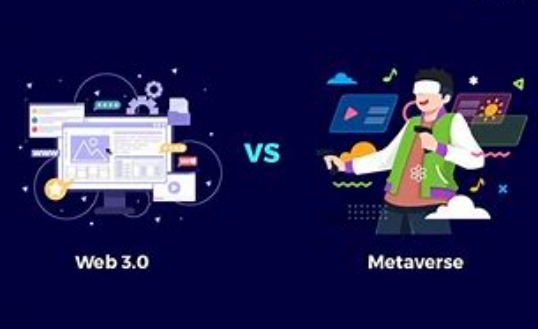
The Objectives
A major development of Web2, Web3 is the next generation of technology that aims to popularize and decentralize the Internet. The individual user can be an owner or partner, not a tech giant. In Web3, the user does not need permissions or follow predefined rules. The Metaverse system wants to create a 3D or virtual world for users.
Applications
Remember that web 3.0 is a process engine developed using Blockchain. Metaverse is a new system that includes health, games, movies, concerts, entertainment, social platforms, education, virtual skills training that uses the development of Internet 3.0 technology to achieve its goal.
Major Differences
The metaverse hosts a variety of critical technologies that help manage the entire ecosystem. For Metaverse, connectivity, interfaces, decentralization, a creative economy and construction technologies are required.
The goal of Web 3.0 is to make the web decentralized solely on the Blockchain. Users can connect to web services using Blockchain, a peer-to-peer decentralized global network.
Metaverse and Web3 images
Certainly the fixed point of comparison is the picture of Web 3.0 and the Metaverse. The Metaverse is a 3D world where you can interact with friends, objects and 3D places. For example, you can play with your friends from the creator’s land. In the case of Web3, users can grow, own, sell and buy their own content. Users can also do these things.
Understanding in various ways
While Web 3.0 is primarily concerned with those who are in charge (tech giants or individuals) and control the future of the Web, Metaverse is concerned with how users interact with it. Most people now use computers, smartphones and tablets to browse websites and access apps. Metaverse proponents believe that tomorrow we will enter virtual reality (VR) technology, navigating virtual realms as digital avatars.
Using the Blockchain system, each data after another is proprietary, open, well-distributed and jointly owned by peer-to-peer networks, but different from the case where if you could do business yourself through VR, someone else helps their contributors with their data.
Basic technology
Let’s do the basic technology behind the Web3 process; Blockchain, decentralized organization of autonomy and cryptocurrency. The world’s first decentralized crypto-corporation emerged on Web3. Metaverse, on the other hand, is built from Augmented Reality, Human Interface, Edge Computing, Creator Economy, NFT, Multitasking UI, 5G and WiFi6G (in the first stage).
Battles of Ownership
Web3 aims to keep the Internet from being monopolized by tech giants and make it public. The most successful examples in the global market are bitcoin crypto.
On the other hand, the technological mammoths are starting to reform or try to take over the Metaverse companies to already rule this world. Experts, however, said that public scrutiny of the Internet would make it difficult for companies to own the metaworld.
How Web 3.0 And The Metaverse Work Together

Imagine a world where the Internet and the Metaverse are seamlessly integrated. You get the best of both worlds. This is the future that Web 3.0 and the Metaverse are building. In this world, users can have complete control over their identities, resources and data and can move between the natural and virtual worlds separately.
The combination of Web 3.0 and Metaverse can create a smoother and more secure digital experience. For example, in Metaverse, users can own virtual assets such as land, buildings, and rare digital collections. With the power of Web 3.0, these virtual assets can be encrypted and stored on the blockchain, giving users complete ownership and control over their assets. This means that users can buy, sell and trade their virtual goods, just as they do with physical goods in the real world. This also means that ownership of virtual goods can be verified and protected from theft or fraud.
For example, you have virtual goods in the Metaverse. With the power of Web3, you can have those assets in a real and verifiable way, using Blockchain technology. This way you can buy, sell and trade your virtual goods, just as you would with physical goods in the real world.
Additionally, Web3 helps keep your virtual identity and data secure and private, giving you complete control over who has access to your personal information. This is especially important in immersive environments like Metaverse, where users can spend hours or even days in virtual worlds.
For example, Decentraland integrates Metaverse and Web3 into its platform. This is a world that uses Blockchain technology to give users ownership and possession of virtual land and buildings. Users can buy, sell and trade their virtual goods and use them to create unique and immersive experiences. Decentraland also uses Blockchain technology to create secure and verifiable digital identities for its users.
The Future Of Web 3.0 And The Metaverse
Web 3.0 and the Metaverse have huge potential. Experts predict that this technology will transform the way we live, work and interact with each other. By 2022, about 46% of financial applications will be based on web 3.0 technology. and the numbers are increasing daily. Meanwhile, in Metaverse, users can have a more immersive experience with the ability to interact with digital objects in a 3D environment. By 2030, the global Metaverse market value is expected to reach $678.80 billion.
Web 3.0 and the Metaverse offer tremendous opportunities. For example, the convergence of Web 3.0 and the Metaverse could lead to a new era of digital transformation. As Web 3.0 becomes more user-friendly and user-friendly, Metaverse will also become more transparent and adaptable. This could lead to a virtual world that is fully integrated with the internet. In such a world, users move seamlessly between the natural and digital worlds.
However, there are also potential challenges that need to be addressed. One of the big challenges is the issue of interoperability. It is important that Web3 and Metaverse are compatible with each other to provide a seamless user experience.
Summary
- Revolution 3.0 web will decentralize Blockchain protocols .
- The Metaverse is a 3D virtual world on social networks
- Metaverse Technology is a Web3 core future.
- Unlike the web 2.0, the web 3.0 is more secure
- Web3 is the next generation of the internet
- Metaverse is a virtual world that runs on a decentralized blockchain network
- Both technology is similar, but different
- The convergence of the web 3.0 and the Metaverse presents new themes in digital transformation.
Another challenge is the issue of accessibility. Web3 and Metaverse could widen the digital divide. Individuals and communities are left without high-speed Internet access or necessary hardware and software. Efforts should be made to make these technologies available to all without discrimination
The Conclusion
We can conclude that Metaverse is a 3D world where you can interact with 3D friends, things and places. For example, you can play with friends from the site creator.
In the case of Web3, users can host, own, sell and buy their content. Also, users can upload their creations.
While this system is currently under development, we must continue to notice in this world whether it widens the gap or attempts to assimilate in the near future.

